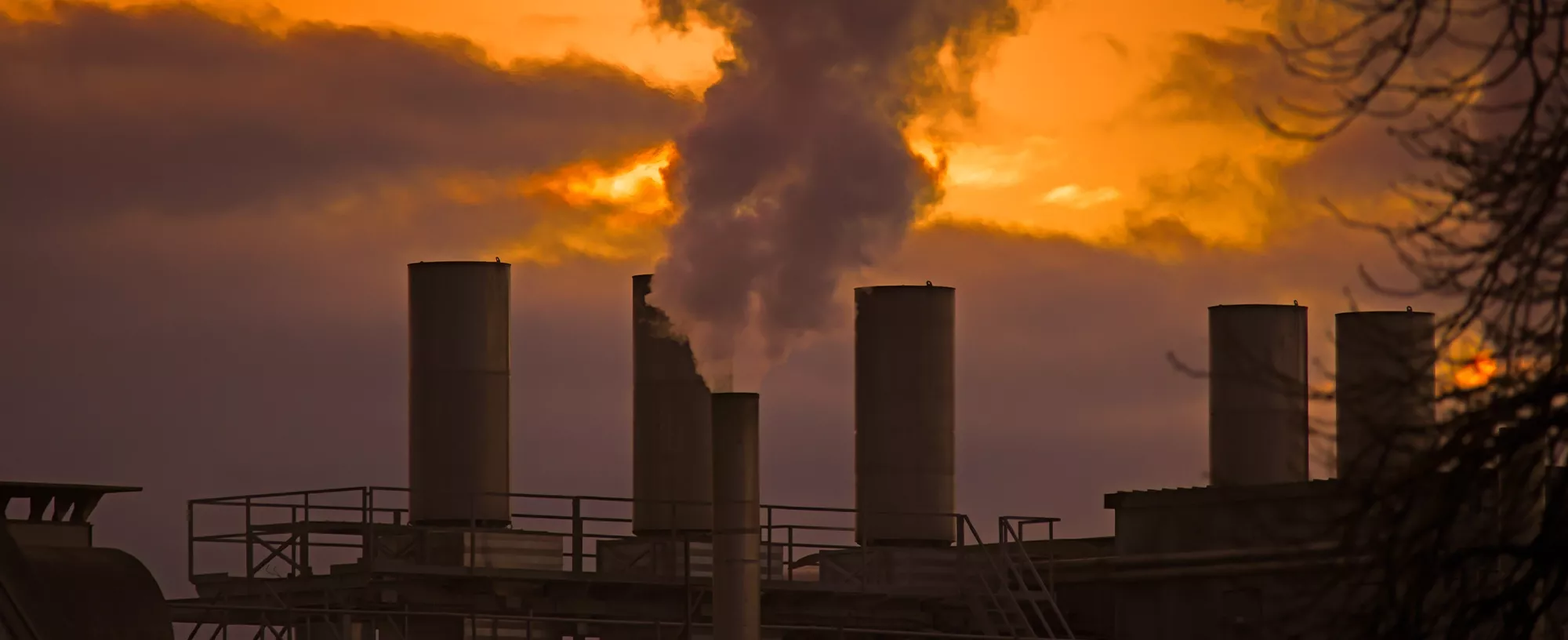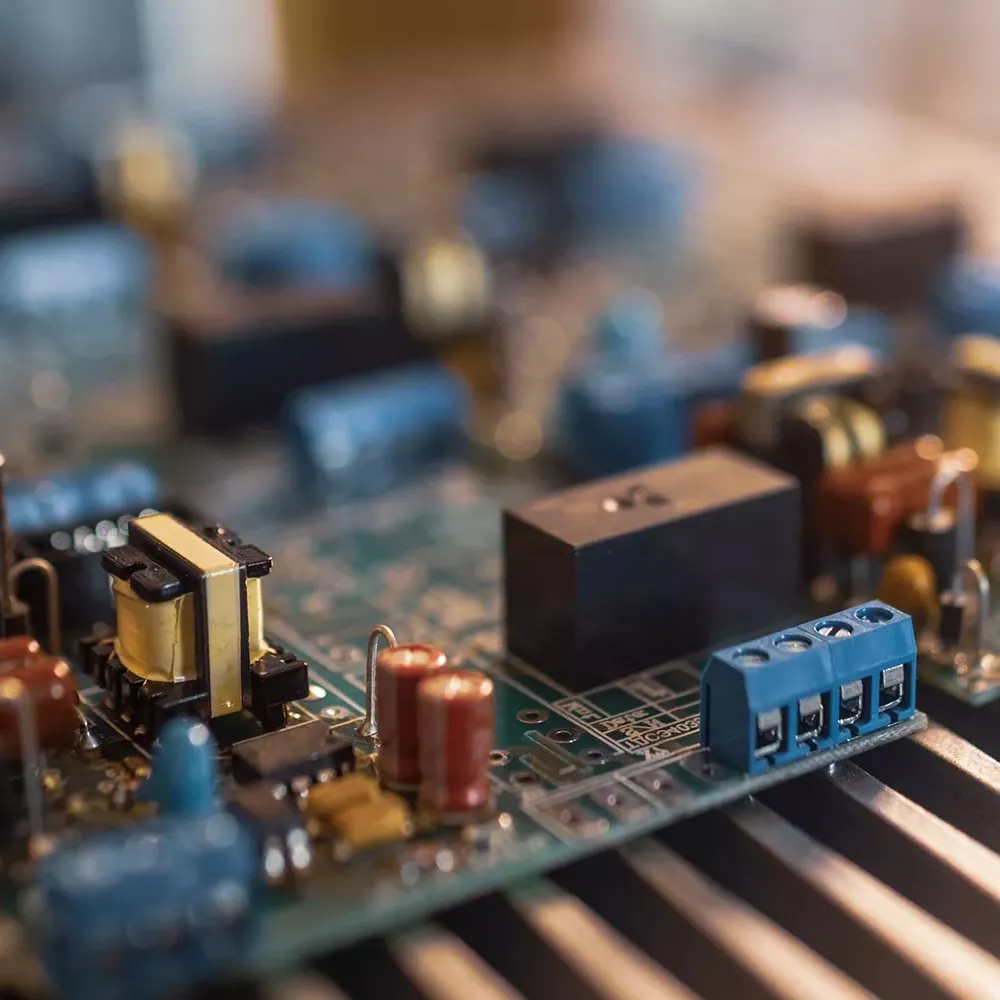Our Perspective
The key to electrification has always been limited by 2 factors. The ability to store large amounts of energy and the ability to do so quickly. As battery makers continue to grow and advance, doubling their storage capacity every 5 years, DC/DC converters will also need to push the ceiling of voltage and speed of operations. Taking on more challenging projects in the heavy machinery world and allowing trickle down technology to benefit the wider manufacturing world is the best way to realise this.

Introduction
The global energy sector faces a myriad of challenges as governments react to climate change and industries face an increasing need to rewire their energy systems in the move to limit global CO2 emissions. Among these industries, the heavy machinery sector faces a unique challenge: how to drive innovation while embracing compact, efficient and sustainable power solutions.
In recent times, the DC/DC converter has emerged as a revolutionary force in enabling the future cycle of energy. Often unnoticed, these devices are the unsung champions of the electronics realm, quietly shaping the energy landscape. They play a vital role in transmitting power across diverse applications by converting direct-current (DC) between varying voltage levels. From portable gadgets to renewable energy systems, DC/DC converters serve as the fundamental building blocks of numerous groundbreaking innovations.
As pioneers in the field of electrical power systems, the Huashi Group and Alta have achieved substantial progress in the application of DC/DC converters in heavy machinery. Our groundbreaking innovations are contributing significantly to global decarbonisation efforts. We have not only recognised the potential of DC/DC converters but are actively trying to harness their full potential to reshape the heavy machinery sector.
Let’s explore some of our key findings, achievements and beliefs.
Applications
Renewable Energy Integration
In the realm of renewable energy systems, green energy sources like solar and wind power have risen to the top in a race to combat climate change. DC/DC converters play an important role in capturing and distributing this energy efficiently. By converting fluctuating DC voltages from renewables into stable power, DC/DC converters are facilitating the energy transition.
This also extends into the world of energy storage systems whereby DC/DC converters are the key technology that allows for the charging and discharging of the battery and used to match the voltage of the battery to the voltage of the load.
Electrifying Mobility
The automotive industry is currently grappling with substantial challenges, driven by the mounting pressure to curtail emissions. In response, it is undergoing a significant transformation aimed at crafting more sustainable and eco-friendly vehicles. This shift is compelling automakers to channel their investments into new technologies that can facilitate these advancements.
In this evolving landscape, electric vehicles (EVs) have emerged as a beacon of promise in the quest to mitigate greenhouse gas emissions. Notably, DC/DC converters are pivotal players within EVs, as they adeptly convert the high-voltage DC originating from batteries into the lower-voltage DC essential for various vehicle subsystems. This technology is propelling the adoption of electric mobility and substantially diminishing our reliance on fossil fuels.
Similar to the automotive industry, sectors heavily reliant on machinery and vehicles powered by fossil fuels, such as mining, are also confronting escalating pressures to transition towards sustainable energy sources. Electrification has surfaced as a prominent solution that many are actively exploring to navigate this transformative path. Once again, DC/DC converters occupy a central role, facilitating the vital energy conversion processes within these vehicles and machinery, thus catalysing the shift towards cleaner and more sustainable energy practices.
challenges
High Power, High Density
For heavy machinery applications, electrification is a complex and challenging task since there are many technical challenges that need to be overcome, especially in the world of DC/DC converters. Heavy machinery often operates in harsh and rural environments which require converters to be reliable, efficient and able to withstand vibration, shock, temperature extremes and other environmental stresses. Furthermore, heavy machinery requires converters with high power density, meaning that the design needs to be able to handle a lot of power in a small and compact package. Creating high-power and high-density DCDC converters presents a significant challenge in the field of power electronics and involves the careful consideration of many factors including, heat dissipation, component selection, efficiency, reliability and durability.
Sizing Constraints
An aspect of our solutions entails carefully determining the appropriate sizes for both the DC/DC converter and the battery to electrify a vehicle. However, especially in the conversion of hybrid machinery, we face significant constraints related to weight, balance, and size. Ideally, achieving a perfect equilibrium, such as pairing a battery of the same size with an equally powered DC/DC converter, would represent the most optimal configuration. Unfortunately, due to practical limitations, striking the right balance becomes a formidable challenge.
In the real world, we grapple with finding the best compromise among battery capacity, battery input/output speed, and the speed/power of the DC/DC converter. Often, available capacity constraints prevent us from optimizing every parameter to the desired extent. As a result, we must meticulously evaluate and balance these aspects when collaborating with our clients to craft customized solutions for their vehicle fleets. Navigating these intricate trade-offs is crucial to developing effective and practical mining electrification strategies for diverse applications.
Achievements
1. Application of DCDC Converter in Regenerative Braking Modules for Mining Trucks and Locomotives
At Alta, we have successfully integrated our regenerative braking module, which includes DCDC converters and LTO batteries as the major components, into mining trucks and locomotives which represents a significant achievement in the industry. The DCDC converter plays a pivotal role in this application and has seen proven results in energy recovery, increased efficiency, extended vehicle range and alignment with global sustainability goals.
2. Development of a Battery Electric Tender involving DCDC Converters
Our joint project with Aurizon in the development of a battery electric tender with the integration of DCDC converters has also been a noteworthy accomplishment. The DCDC converter has been instrumental in managing the energy flow between the locomotive’s batteries and various subsystems, optimising power distribution and ensuring reliable performance. This presents a significant innovation in rail transport by embracing cleaner and more sustainable technologies.
Conclusion
Empowering Tomorrow, Today.
As we stand on the cusp of a new era, one thing is clear: DC/DC converters are vital in powering our energy transformation. In the quest for sustainability and innovation, DC/DC converters are the enablers which will help us reshape the future. As we continue to push the boundaries of what is possible, we must realise the potential of DC/DC converters and together, we can harness this opportunity to create a greener and more electrifying future for all.
